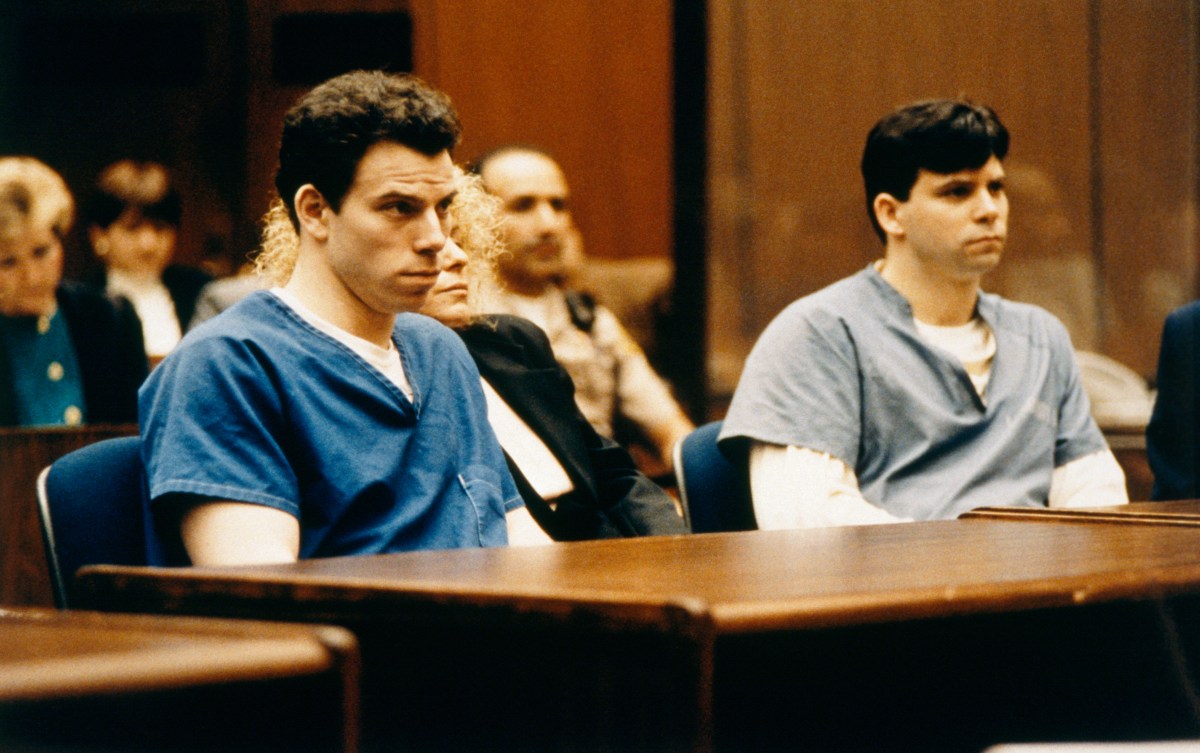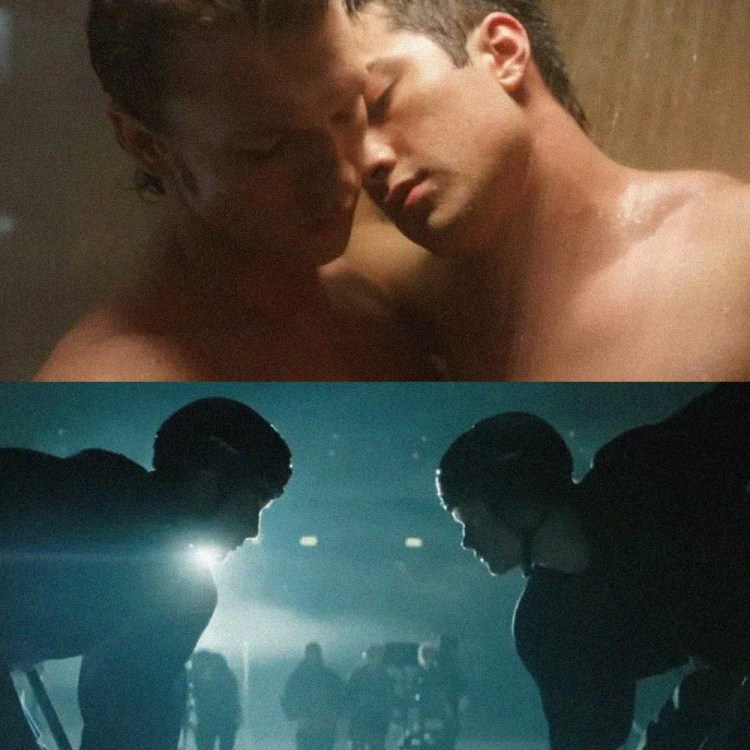Vanity Fair announced it was “opening the vault” earlier this week, making its decades of journalistic treasures available to anyone wise enough to take notice.
“For the first time in Vanity Fair history, we’re launching a fully digitized archive,” the magazine tweeted on Thursday. “You can read every story, enjoy every photoshoot, and browse through every cover since 1913 here.”
The iconic title has been responsible for breaking some of the biggest stories on Earth over the past several decades — like that of the murderous Menendez brothers, the identity of “Deep Throat,” the lies of journalist Stephen Glass, the deception of Elizabeth Holmes and the public debut of Caitlyn Jenner. Go and make a free account (it takes all of 40 seconds) and then revisit these phenomenal pieces of reporting with us.
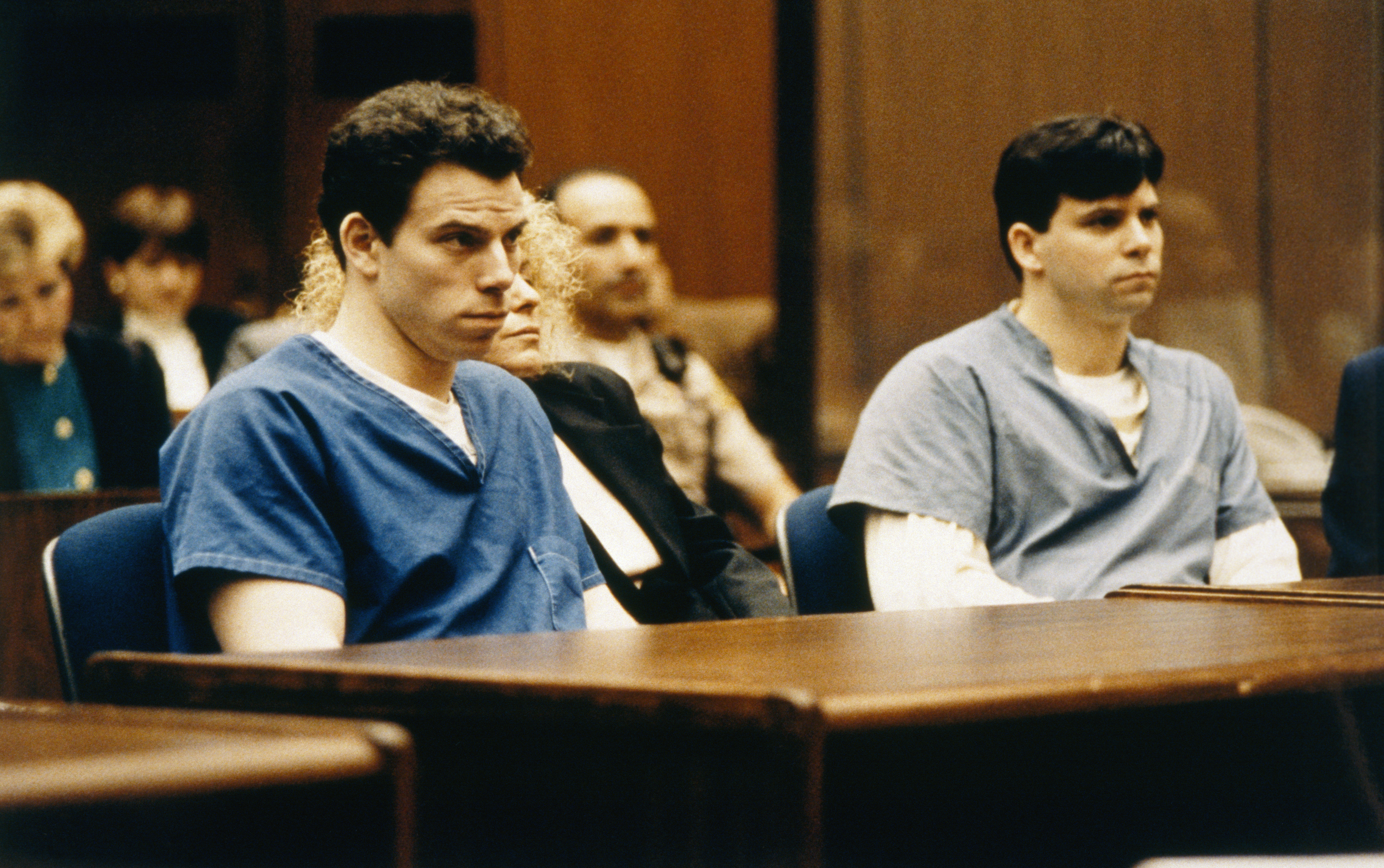
It’s been nearly three decades since Lyle and Erik Menendez were convicted of killing their parents in their Beverly Hills, California, home. The story was reported by Dominick Dunne in October 1990 for Vanity Fair when he sat down with a woman who claims she heard everything: the grisly double homicide and an apparent taped confession. More interesting than her story, though, is how Dunne uncovered the truth behind what emboldened the pair of privileged brothers to kill their parents.
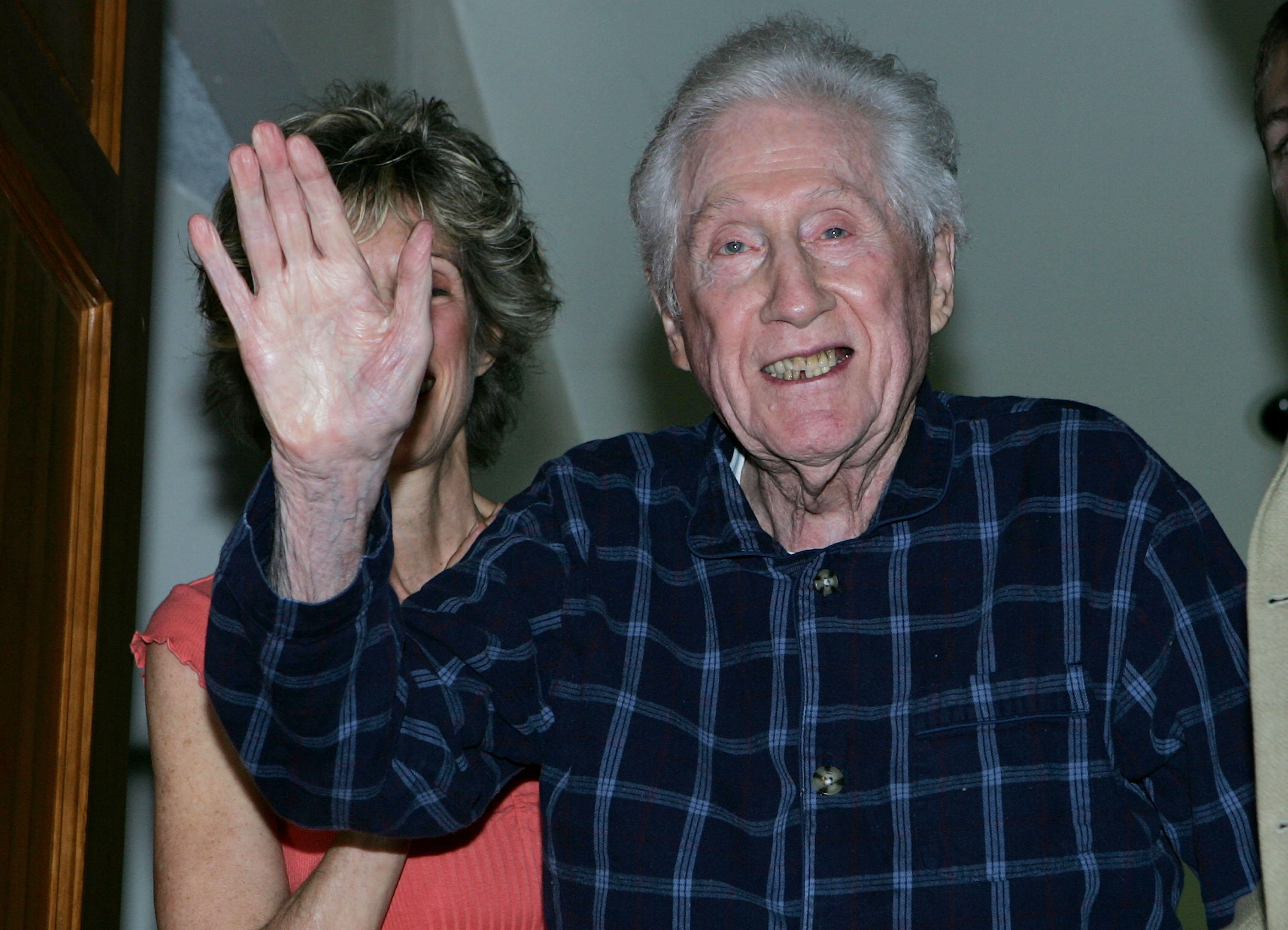
The resignation of President Richard Nixon after the Watergate scandal is one of the most important and profound effects of world-class reporting this or any other country has ever witnessed. And it was made possible by the bravery of one high-ranking FBI agent, a man —”Deep Throat” — who tipped off Washington Post reporters Bob Woodward and Carl Bernstein of the President’s illegal activity; and who sat, unthanked and unacknowledged for more than 30 years until he allowed Vanity Fair‘s John D. O’Connor to introduce him to a grateful nation in 2005. At 91 years old, W. Mark Felt gave an interview that finally gave him the recognition he had long deserved.
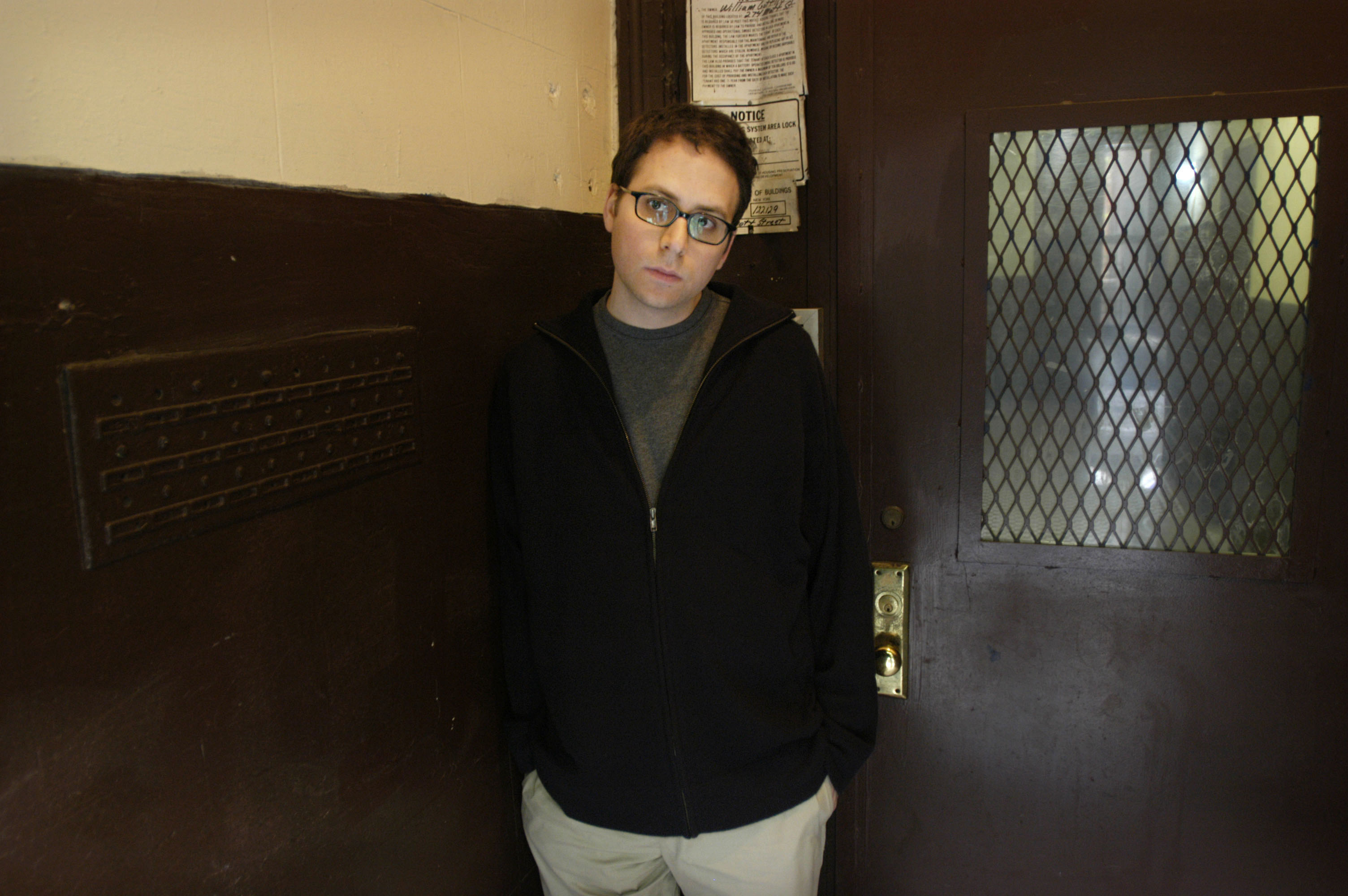
In the 1990s, the hottest journalist in Washington D.C. was 25-year-old Stephen Glass. The sought-after reporter was writing predominantly for The New Republic at the time, and brought the magazine a ton of traffic. The only problem was he was making nearly all of it up: his sources, quotes, entire scenes, people and places. His “breathtaking web of deception” was “the most sustained fraud in modern journalism.” The story, entitled “Shattered Glass,” was told so brilliantly in Vanity Fair‘s September 1998 issue by Buzz Bissinger that it was the inspiration for a major Hollywood movie by the same name just a few years later.

With a barrage of exclusive insider interviews, Nick Bilton took down Elizabeth Holmes and her fraudulent company, Theranos, in a “searing investigation” for Vanity Fair in 2016. Bilton systematically chipped away at the biotech startup founder’s facade and revealed how she “defied medical experts — even her own chief scientist — about the veracity of its [Theranos’] now discredited blood-testing technology.”
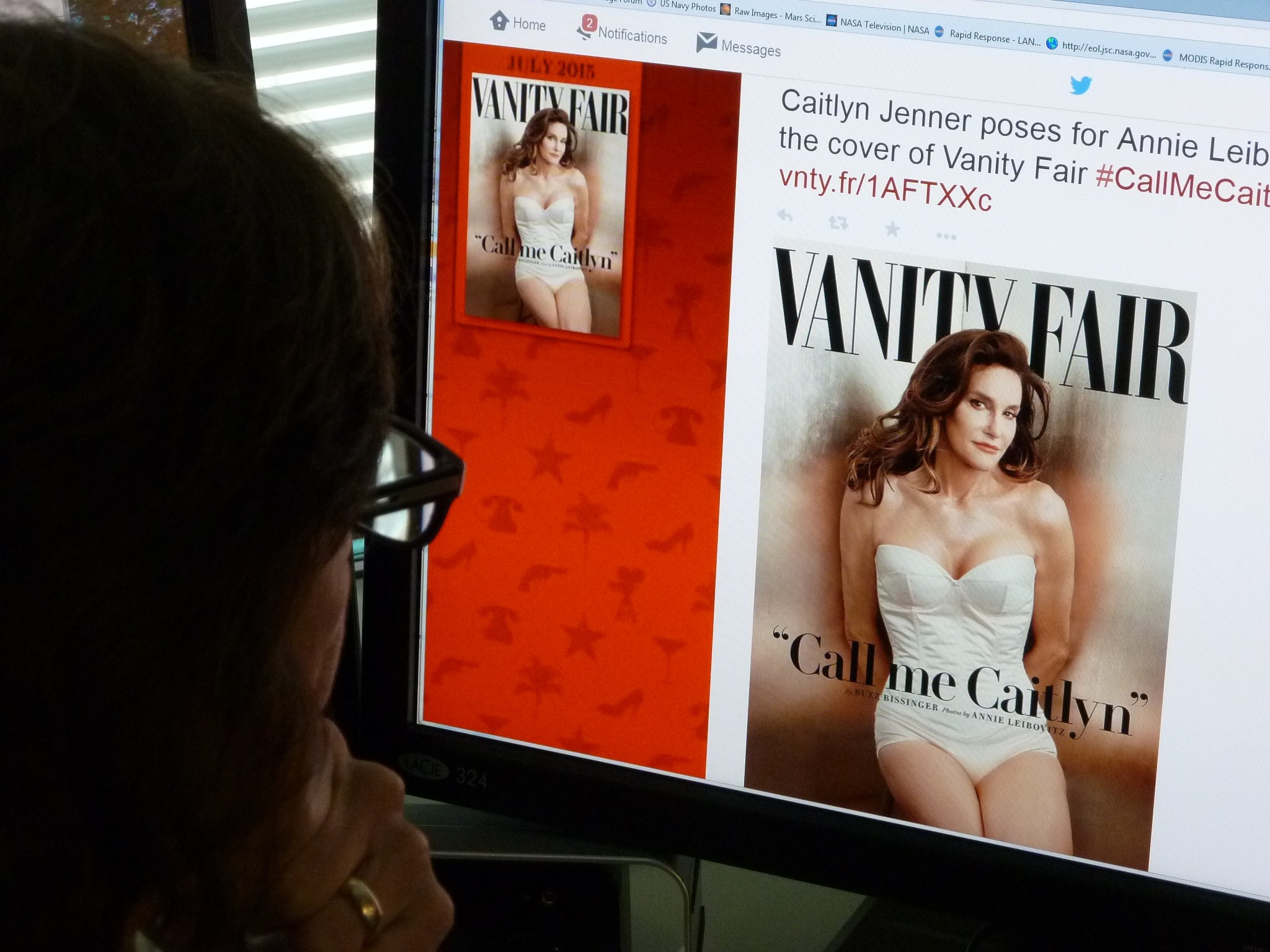
Despite how the story was covered by myriad outlets, Olympic champion Bruce Jenner’s transformation into Caitlyn and her subsequent cover story for Vanity Fair, written once again by Bissinger in July of 2015, was the most talked about story of the year. The cover has now become one of the magazine’s most recognizable in its history, and in the story, Jenner and her family allowed Bissinger unprecedented access into the “fears and doubts, love and courage, tensions and traumas involved in the transition.”
This article appeared in an InsideHook newsletter. Sign up for free to get more on travel, wellness, style, drinking, and culture.
